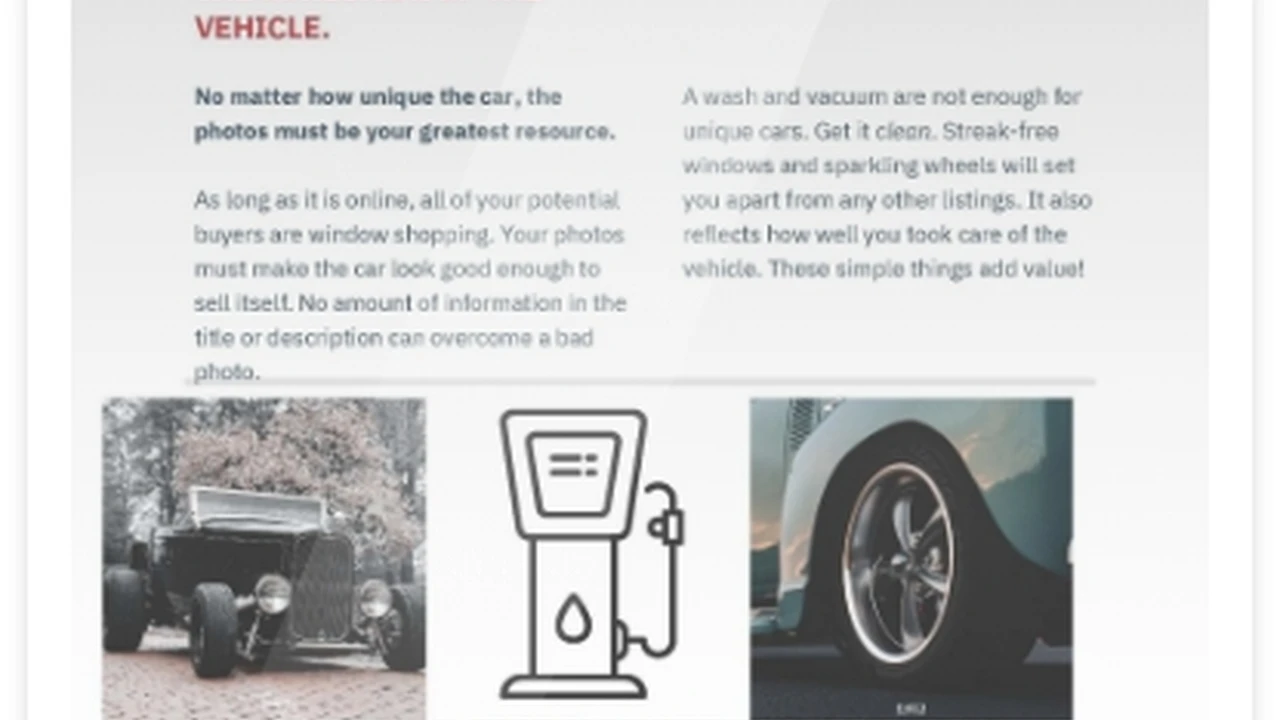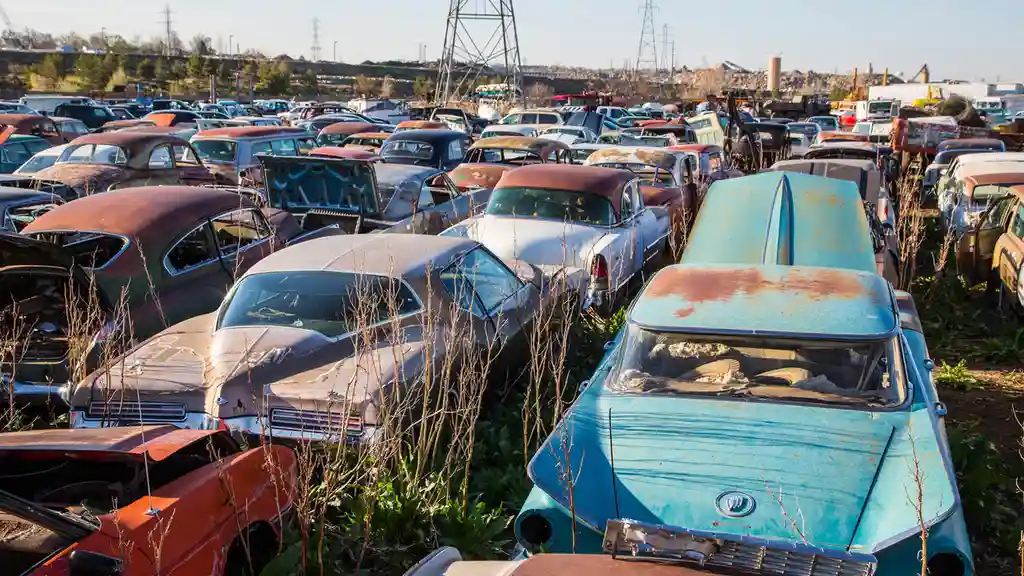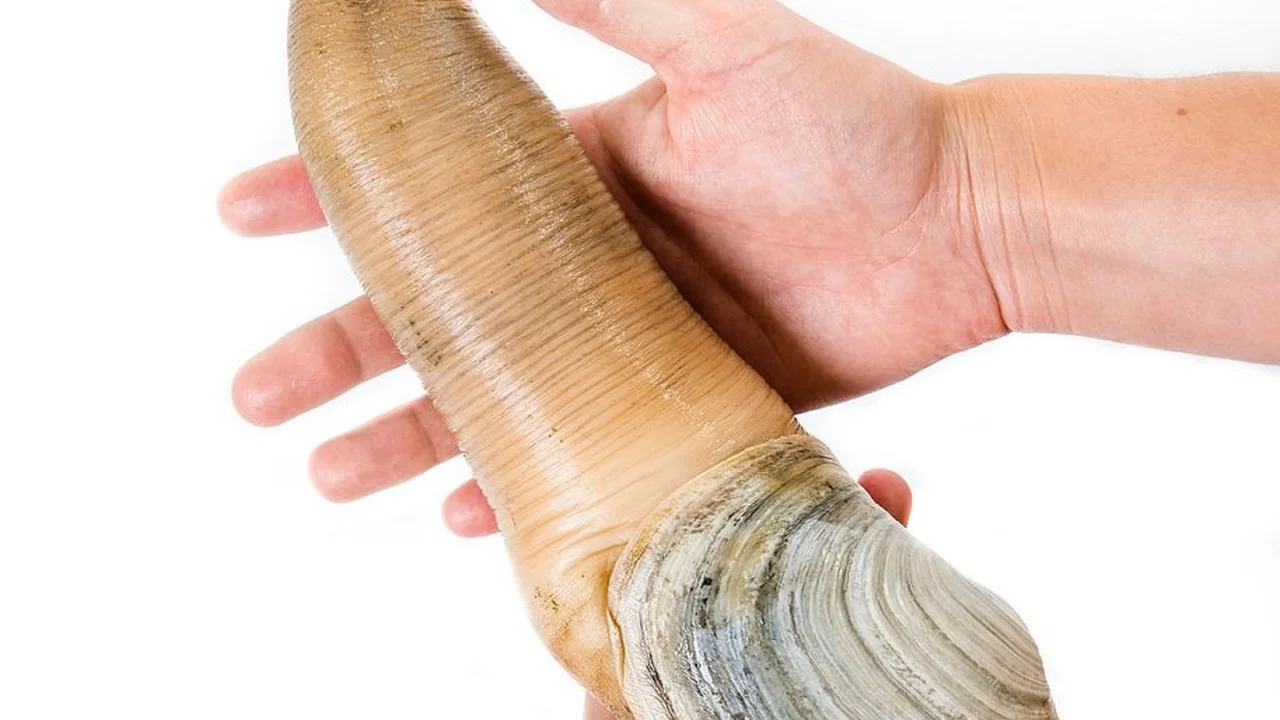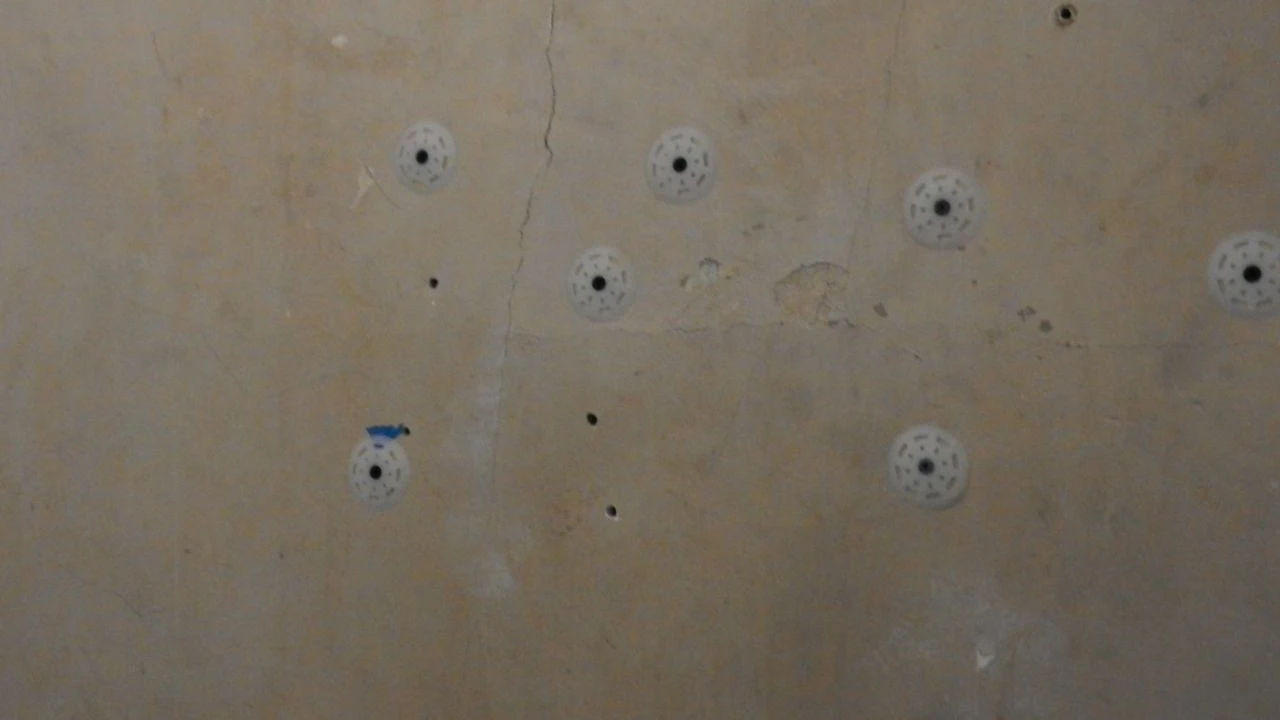Negotiating Prices for Classic Car Parts: Expert Tips
Discover the art of negotiating prices for classic car parts. Learn effective strategies for getting the best deals from vendors and private sellers. Save money on your restoration project.

Understanding the Classic Car Parts Market Before Negotiation
Okay, so you're diving into the world of classic car restoration – awesome! But before you even think about haggling, you need to know what you're getting into. The classic car parts market isn't like buying a new toaster. It's a wild west of rarity, condition, and sometimes, pure luck. Doing your homework is absolutely crucial. This isn't just about finding the part; it's about finding it at a price that doesn't make your wallet weep. Start by researching the specific part you need. What's the going rate? Is it a common part, or are you hunting for a unicorn? Websites like eBay Motors, Hemmings, and dedicated forums are your friends here. See what others are charging. Also, consider the condition. A pristine, NOS (New Old Stock) part will command a premium, while a used part might be a bargain – but comes with its own set of risks.
Assessing the Part's Condition and Authenticity for Price Justification
This is where your inner detective comes out. Don't just take the seller's word for it. Get up close and personal (or as close as you can get with online photos). Ask for detailed pictures, and if possible, a video. Look for signs of wear, damage, or repairs. Are there any markings or stamps that indicate authenticity? If you're dealing with a rare or valuable part, it might be worth getting it authenticated by an expert. A little due diligence here can save you a lot of heartache (and money) down the road. Remember, the more you know about the part's condition and authenticity, the stronger your negotiating position will be.
Building Rapport with the Seller: The Human Element in Classic Car Part Sales
This might sound cheesy, but it works. Remember, you're dealing with people, not vending machines. A little bit of friendliness can go a long way. Start by being polite and respectful. Ask the seller about the part – where did they get it? What's its history? Show genuine interest in their knowledge and experience. Building rapport can create a sense of trust and make the seller more willing to work with you on the price. Plus, you might even learn something valuable in the process! Avoid being overly aggressive or demanding. Nobody likes dealing with a jerk, and you're more likely to get a better deal if you're pleasant to work with.
Effective Negotiation Techniques for Classic Car Parts
Alright, time to get down to business. Here are some tried-and-true negotiation tactics that can help you score a better price: * Know Your Budget: Before you even start negotiating, decide how much you're willing to spend. Stick to your guns and don't get carried away in the heat of the moment. * Start Low (But Not Ridiculously Low): Make an initial offer that's lower than what you're willing to pay, but not so low that it insults the seller. A good starting point is usually 10-20% below the asking price. * Justify Your Offer: Explain why you're offering a lower price. Point out any flaws or imperfections in the part. Mention comparable prices you've seen elsewhere. * Be Prepared to Walk Away: This is a crucial one. If the seller isn't willing to budge and the price is too high, be prepared to walk away. Sometimes, the best deal is the one you don't make. * Bundle Up: If you need multiple parts from the same seller, try bundling them together for a discount. Sellers are often more willing to negotiate on a larger order. * The "Cash is King" Approach: If dealing in person, offering cash can sometimes sway a seller, especially if they are a private individual. Cash offers immediate and guaranteed funds. * Patience is a Virtue: Don't rush the negotiation. Take your time, consider your options, and don't feel pressured to make a decision.
Specific Product Recommendations and Price Comparisons for Classic Car Restoration
Let's get into some specific examples. Imagine you're restoring a 1967 Mustang and need a new carburetor. Here's how you might approach the negotiation, along with some product recommendations: * Holley 4150 Carburetor (Performance Upgrade): This is a popular choice for Mustangs. New, they can range from $400-$700, depending on the specific model and features. Used, you might find one for $200-$400. * Scenario: You find a used Holley 4150 on eBay for $350. * Negotiation: "Hi, I'm interested in the carburetor. I noticed some corrosion on the fuel bowl in the pictures. I've also seen similar models listed for around $300. Would you be willing to come down to $300?" * Edelbrock Performer Carburetor (Reliable and Streetable): Edelbrock carburetors are known for their reliability. New, they typically cost between $350 and $600. * Scenario: You find a NOS (New Old Stock) Edelbrock Performer at a swap meet for $500. * Negotiation: "That's a beautiful carburetor! Being NOS is great. I've been looking at the new ones and see them around $450 online. Would you consider $425 cash today?" * Autolite Carburetor (Original Equipment): If you're aiming for 100% originality, you'll want an Autolite. These can be harder to find and more expensive, ranging from $500-$1000+ depending on condition and rarity. * Scenario: You find a rebuilt Autolite carburetor at an antique auto show for $750. * Negotiation: "I appreciate the rebuild, but I noticed the choke pull-off is not original. I've seen original ones go for around $600, considering the replacement part, would you be willing to come down to $625?"
Understanding Core Charges and Their Impact on Classic Car Part Pricing
Many rebuilt classic car parts come with a "core charge." This is a refundable deposit you pay on top of the price of the part. The idea is that you'll return your old, used part (the "core") to the seller, who can then rebuild it and sell it to someone else. Core charges can range from a few dollars to hundreds of dollars, depending on the part. When negotiating, always factor in the core charge. If you have a core to return, make sure the seller is willing to refund the full amount. If you don't have a core, be prepared to pay the core charge on top of the price of the part. Sometimes, you can negotiate the core charge itself, especially if you're buying multiple parts or if you have a good relationship with the seller.
Navigating Online Marketplaces vs Local Salvage Yards for Part Price
Where you source your parts significantly impacts your negotiating power. Online marketplaces offer wider selection but less room for negotiation. Salvage yards often have lower initial prices, but require more effort and knowledge to find usable parts. Building relationships with local salvage yards can provide long-term benefits, including better deals and access to rare finds. Online forums dedicated to specific classic car makes and models can also be valuable resources for finding parts and getting advice on fair pricing.
Leveraging Part Numbers and Catalogs for Accurate Pricing
Knowing the correct part number is crucial. It ensures you're getting the right component and allows you to compare prices accurately across different sources. Classic car part catalogs, both physical and online, are invaluable tools for identifying the correct part number and understanding its original application. Using the part number, you can research the part's history, availability, and typical price range, giving you a strong foundation for negotiation.
The Art of Walking Away: Knowing When a Deal Isn't Worth It
This is perhaps the most important skill in negotiation. Don't be afraid to walk away if the price isn't right. There are always other parts out there, and sometimes, the best deal is the one you don't make. Walking away shows the seller that you're serious about your budget and that you're not desperate to buy the part. It can also sometimes prompt the seller to reconsider their price and come back with a better offer. Remember, patience is key in classic car restoration. Don't rush into a deal you're not comfortable with. There will always be another opportunity.
:max_bytes(150000):strip_icc()/277019-baked-pork-chops-with-cream-of-mushroom-soup-DDMFS-beauty-4x3-BG-7505-5762b731cf30447d9cbbbbbf387beafa.jpg)






